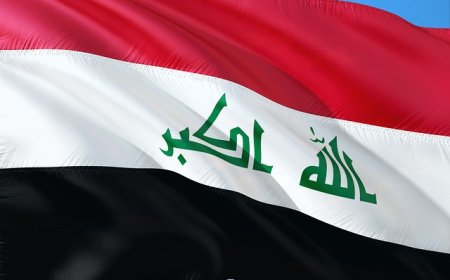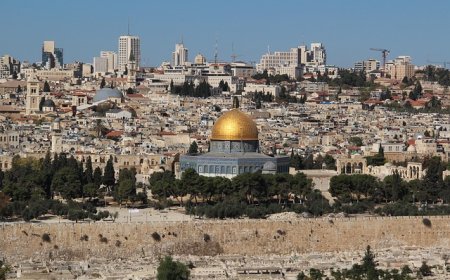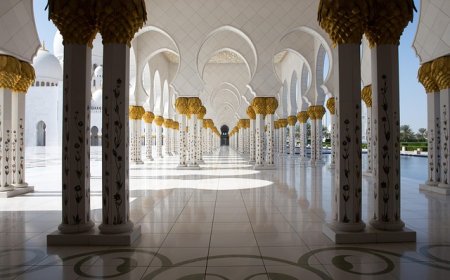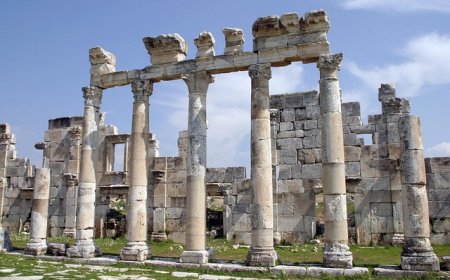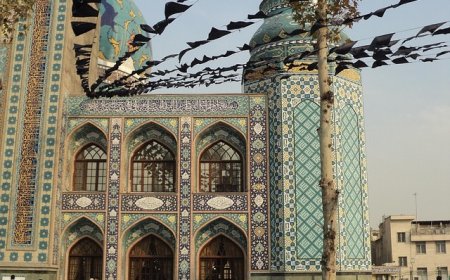Saudi Arabia
Learn about Saudi Arabia for kids. Discover deserts, culture, and important landmarks.
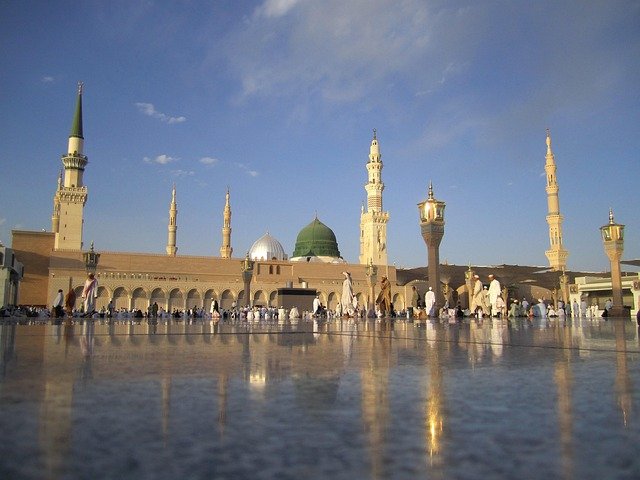
Saudi Arabia: Desert Kingdom and the Heart of Islam
Introduction
Saudi Arabia is the largest country on the Arabian Peninsula and one of the most influential in the Middle East. It is famous for its vast deserts, oil wealth, and its role as the birthplace of Islam. Millions of people visit Saudi Arabia each year to see the holy cities of Mecca and Medina, while others come for business in its modern cities.
Geography and Landscape
Saudi Arabia shares borders with Jordan, Iraq, Kuwait, Qatar, Bahrain, the United Arab Emirates, Oman, and Yemen. It also has coastlines along the Red Sea and the Persian Gulf.
Most of the land is desert, including:
- The Rubʿ al-Khali, or Empty Quarter—the largest sand desert in the world
- Rocky plateaus and mountains in the west and southwest
- Coastal plains along the Red Sea
The country has a desert climate, with extremely hot summers and mild winters. Rain is very rare except in some mountain areas.
Cities and Regions
The capital city, Riyadh, is a modern metropolis full of tall buildings, highways, and shopping malls.
Other important cities include:
- Jeddah — a port city on the Red Sea known for trade and tourism
- Mecca — Islam’s holiest city, where millions of Muslims travel for the Hajj pilgrimage
- Medina — another sacred city where the Prophet Muhammad is buried
- Dammam — a center of the oil industry on the Persian Gulf
People, Language, and Culture
Saudi Arabia has about 36 million people, most of whom are Arab. The main language is Arabic, and Islam is the official religion.
Saudi society follows Islamic customs, and religion is part of everyday life, from prayers to festivals. Cultural traditions include:
- Bedouin heritage, with a history of nomadic tribes living in the desert
- Hospitality—offering guests dates and coffee
- Traditional music and dance, like the Ardah sword dance
- Camel racing and falconry as popular pastimes
Family is very important, and respect for elders is a core value.
Food and Daily Life
Saudi food is hearty and often shared in big family meals. Popular dishes include:
- Kabsa — spiced rice with meat
- Jareesh — a porridge made from crushed wheat
- Dates — eaten plain or stuffed with nuts
- Samboosa — pastries filled with meat or vegetables
Tea and Arabic coffee are served everywhere, especially to guests.
Children start school at about age 6. They study Arabic, math, science, Islamic studies, and English. Education has expanded greatly, with more schools and universities opening across the country.
History of Saudi Arabia
The Arabian Peninsula has been home to traders, Bedouins, and ancient civilizations for thousands of years. In the 600s CE, Islam began in Mecca with the teachings of the Prophet Muhammad. The religion spread quickly across Arabia and beyond.
Modern Saudi Arabia was founded in 1932 by King Abdulaziz Ibn Saud, who united many tribes. In the 20th century, the discovery of oil transformed the country’s economy, bringing rapid development.
Today, Saudi Arabia is modernizing through its Vision 2030 plan, which aims to create new industries, improve education, and open up to tourism.
Nature and Wildlife
Even though much of Saudi Arabia is desert, there is diverse wildlife, including:
- Arabian oryx — a desert antelope saved from extinction
- Sand cats — small wild cats adapted to the desert
- Falcons — trained for hunting
- Marine life in coral reefs along the Red Sea
Protected areas and reserves help conserve these animals.
Vocabulary List
| Word | Definition |
|---|---|
| Peninsula | Land surrounded by water on three sides |
| Rubʿ al-Khali | The Empty Quarter desert |
| Kabsa | A rice dish with meat and spices |
| Bedouin | Nomadic people who live in deserts |
| Pilgrimage | A journey to a sacred place |
| Ardah | A traditional Saudi sword dance |
| Vision 2030 | A plan to modernize Saudi Arabia |
| Oryx | A desert antelope |
Kid-Friendly Summary
Saudi Arabia is a big desert country where Islam began. It has modern cities like Riyadh and old traditions like Bedouin life and camel racing. People speak Arabic, eat rice dishes like kabsa, and welcome guests with coffee and dates. Each year, millions of Muslims visit Mecca for pilgrimage.


















































